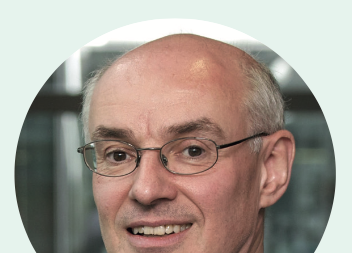A government initiative allowing new experiments with second-pillar pension saving for the self-employed on a voluntary basis has met a lukewarm response from the sector.
The Dutch government recently announced a new initiative to stimulate pension funds to experiment with offering pension arrangements to the self-employed. An earlier attempt backfired last year as several pension funds halted their efforts to offer pension arrangements to the self-employed last year.
The proposed new pension law allows pension funds to open up temporarily for self-employed workers. This does not only concern sector schemes. Company pension funds can also take on self-employed workers, though it is not clear how this would work in practice. In previous experiments, only sector schemes have been allowed to participate.
“We do not see a new perspective arise with this proposal,” said David van As, the president of Bpf Bouw, the pension fund for the construction industry which has a high percentage of self-employed workers.
The pension fund set up a steering group on the topic earlier, but has since put it on hold due to a lack of perspective. Van As said the new proposal comes at a time when the sector is busy preparing for the transition to a defined contribution (DC) system.
“It’s 2022 now and the current [defined benefit] DB arrangements will disappear. Therefore I think this is not the right moment to start experimenting with pensions for the self-employed. We believe in a more structural solution for the self-employed in the new pension system,” he said.
According to Henk van der Schaft of FNV Zelfstandigen, a trade union for self-employed workers, pension funds have not shown interest in taking part in new experiments for self-employed pensions.
He said: “I have had no indications that funds are making a 180 degree turn on the basis of the upcoming legislation allowing for new experiments. There is little time to design the experiments [before the pension changes] and pension funds need to make significant upfront costs.”
A major obstacle for pension funds to take part is that they cannot approach prospective self-employed pension savers because of GDPR, an EU privacy law that prohibits this. “This is a more persistent obstacle [to offer pensions to the self-employed] than we would have liked it to be,” said Van As.
Iceland
Another possible problem is a perceived lack of interest among the self-employed to take part in experiments voluntarily.
“The lack of strong legislation to foster pension-saving among the self-employed is a disappointing feature of the Dutch pension reform,” said Marc Heemskerk, an actuary at Mercer.
“There is sufficient space to do experiments, but it remains on a voluntary basis which is not sufficient to prove a turning point,” he added, referring to the very small percentage of Dutch self-employed workers who save for their pension.
Heemskerk believes the only way for the self-employed to participate in pension schemes is to make it mandatory.
“In Iceland, for example, you have mandatory participation and it works. At the end of the year your earnings are assessed and you pay contributions on that basis,” he noted.
























No comments yet